Ditapis dengan
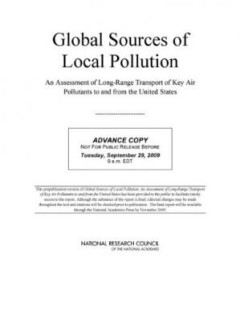
Global Sources of Local Pollution: An Assessment of Long-Range Transport of K…
Recent advances in air pollution monitoring and modeling capabilities have made it possible to show that air pollution can be transported long distances and that adverse impacts of emitted pollutants cannot be confined to one country or even one continent. Pollutants from traffic, cooking stoves, and factories emitted half a world away can make the air we inhale today more hazardous for our hea…
- Edisi
- -
- ISBN/ISSN
- 9780309144018
- Deskripsi Fisik
- 248 / 249 page
- Judul Seri
- -
- No. Panggil
- -
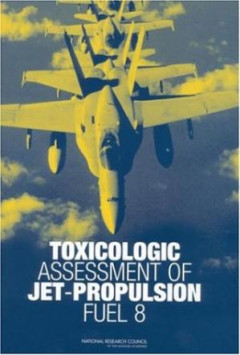
Toxicologic Assessment of Jet-Propulsion Fuel 8 (E-Book)
Report is a result of a review of the available toxicologic, epidemiologic, and other revelant data on JP-8 (jet-propulsion fuel 8) to evaluate independently the Department of Defense's interim permissible exposure level. Chapters include discussion on various effects of JP-8 on humans and experimental animals. Softcover. Softcover.
- Edisi
- -
- ISBN/ISSN
- 9780309505451
- Deskripsi Fisik
- -
- Judul Seri
- -
- No. Panggil
- -

Haze in the Grand Canyon: An Evaluation of the Winter Haze Intensive Tracer E…
The Grand Canyon is one of the most spectacular natural sights on earth. Approximately 4 million visitors travel to Grand Canyon National Park (GCNP) each year to enjoy its majestic geological formations and intensely colored views. However, visibility in GCNP can be impaired by small increases in concentrations of fine suspended particles that scatter and absorb light; the resulting visibility…
- Edisi
- -
- ISBN/ISSN
- -
- Deskripsi Fisik
- -
- Judul Seri
- -
- No. Panggil
- -
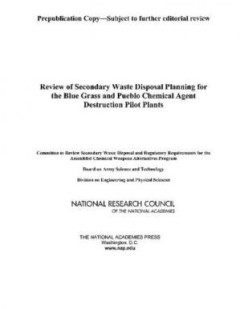
Review of Secondary Waste Disposal Planning for the Blue Grass and Pueblo Che…
The U.S. Army Program Manager for Assembled Chemical Weapons Alternatives (PMACWA) is charged with disposing of chemical weapons as stored at two sites: Pueblo, Colorado, and Blue Grass, Kentucky. In accordance with congressional mandates, technologies other than incineration are to be used if they are as safe and as cost effective. The weapons are to be disposed of in compliance with the Chemi…
- Edisi
- -
- ISBN/ISSN
- 9780309120517
- Deskripsi Fisik
- 84 / 85 page
- Judul Seri
- -
- No. Panggil
- -
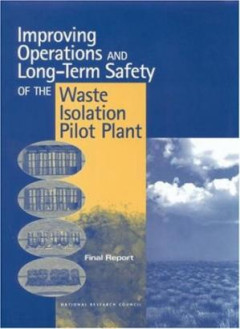
Improving Operations and Long-Term Safety of the Waste Isolation Pilot Plant:…
Final report of the committee on the Waste Isolation Pilot Plant for the disposal and repository of radioactive transuranic waste. Reports the outcome of a study done by the committee to improve understanding of long-term performance of the repository and identify technical options for its improved efficiency. Softcover.
- Edisi
- 1st
- ISBN/ISSN
- 9780309570145
- Deskripsi Fisik
- 142 / 157 page
- Judul Seri
- -
- No. Panggil
- -
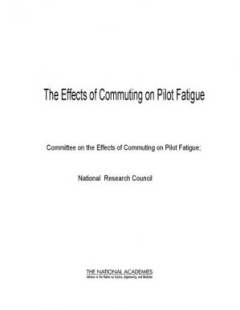
The Effects of Commuting on Pilot Fatigue (E-Book)
- Edisi
- -
- ISBN/ISSN
- 9780309216968
- Deskripsi Fisik
- 223 page
- Judul Seri
- -
- No. Panggil
- -
- Edisi
- -
- ISBN/ISSN
- 9780309216968
- Deskripsi Fisik
- 223 page
- Judul Seri
- -
- No. Panggil
- -
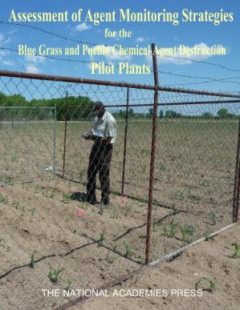
Assessment of Agent Monitoring Strategies for the Blue Grass and Pueblo: Chem…
January 2012 saw the completion of the U.S. Army's Chemical Materials Agency's (CMA's) task to destroy 90 percent of the nation's stockpile of chemical weapons. CMA completed destruction of the chemical agents and associated weapons deployed overseas, which were transported to Johnston Atoll, southwest of Hawaii, and demilitarized there. The remaining 10 percent of the nation's chemical weapons…
- Edisi
- -
- ISBN/ISSN
- 9780309259859
- Deskripsi Fisik
- 171 / 193 page
- Judul Seri
- -
- No. Panggil
- -
 Karya Umum
Karya Umum  Filsafat
Filsafat  Agama
Agama  Ilmu-ilmu Sosial
Ilmu-ilmu Sosial  Bahasa
Bahasa  Ilmu-ilmu Murni
Ilmu-ilmu Murni  Ilmu-ilmu Terapan
Ilmu-ilmu Terapan  Kesenian, Hiburan, dan Olahraga
Kesenian, Hiburan, dan Olahraga  Kesusastraan
Kesusastraan  Geografi dan Sejarah
Geografi dan Sejarah